Symposium - Plan B: Engineering a Cooler Earth
Saturday, December 9, 2017
Hameetman Auditorium - California Institute of Technology, Pasadena, CA 91125
Speakers:
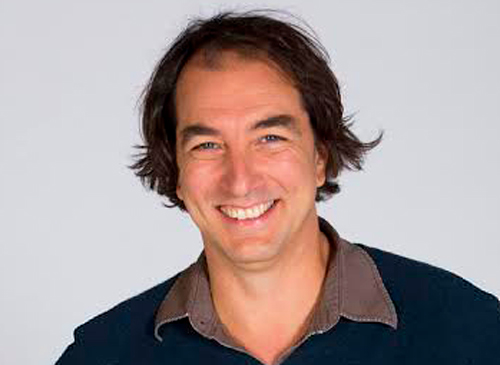
Jess F. Adkins
Smits Family Professor of Geochemistry and Global Environmental Science, California Institute of Technology
Website
Prof. Jess Adkins is a chemical oceanographer who uses trace metals to study environmental processes including geochemical investigation of past climates. Most recently, he has studied the reaction between dissolved carbon dioxide and carbonate. This led to a serendipitous discovery that enzymes are able to catalyze this reaction – opening the potential to benignly sequester carbon dioxide in the ocean. Read more here.
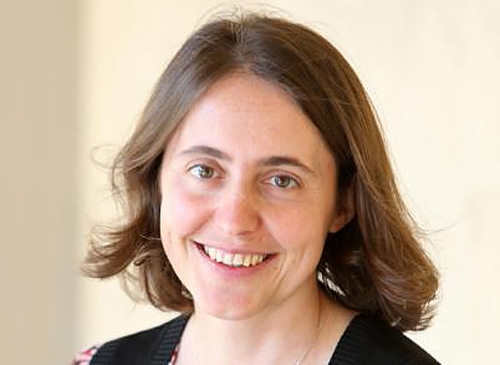
Simona Bordoni
Professor of Environmental Science and Engineering, California Institute of Technology
Website
Prof. Simona Bordoni is an atmospheric dynamicist who uses observations and models to develop theoretical understanding of weather and climate. Her studies are focused on tropical meteorology - especially study of monsoons where she aims to understand the fundamental dynamical mechanisms at play. Such theoretical insights are essential for understanding how monsoons change with changing climate.
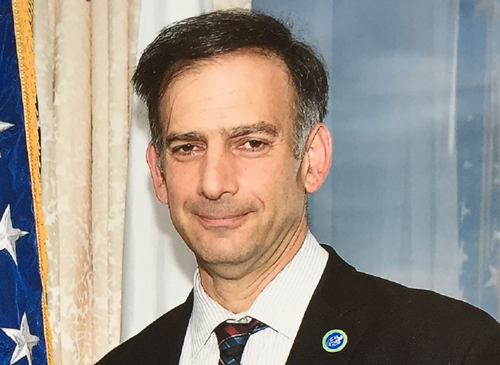
Julio Friedmann
CEO, Carbon Wrangler, LLC
Website
Dr. Julio Friedmann is the CEO of Carbon Wrangler, LLC, and a Distinguished Associate at the Energy Futures Initiative, where he leads a team on large-scale carbon management and deep decarbonization. He recently served as Principal Deputy Assistant Secretary for the Office of Fossil Energy at the Department of Energy and held positions at Lawrence Livermore National Laboratory, including Senior Advisor for Energy Innovation and Chief Energy Technologist.
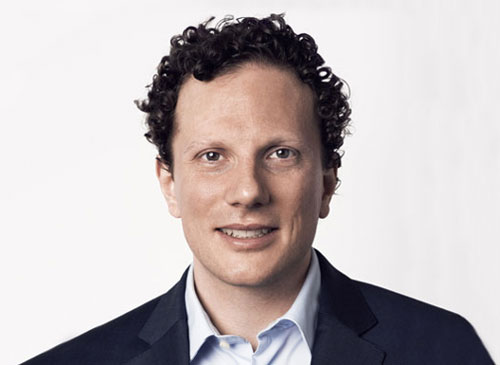
Christoph Gebald
Co-founder and co-director of Climeworks Ltd.
Website
Christoph is a mechanical engineer (ETH Zürich and UC Berkeley) and holds an MSc with distinction and a PhD from ETH Zürich. He has more than 10 years experience in CO2 capture from air. Together with Jan Wurzbacher, Christoph is responsible for the management of the company.
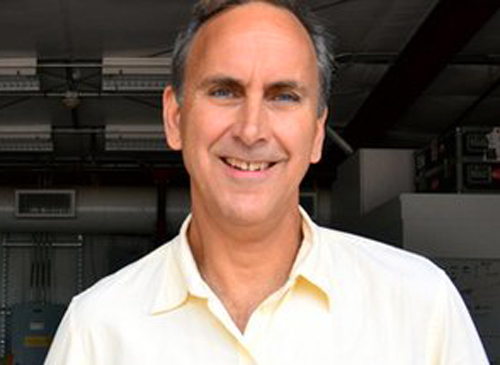
John P. Grotzinger
Fletcher Jones Professor of Geology; Ted and Ginger Jenkins Leadership Chair, Division of Geological and Planetary Sciences, Caltech
Website
John P. Grotzinger is the Fletcher Jones Professor of Geology at California Institute of Technology and chair of the Division of Geological and Planetary Sciences. His works primarily focus on chemical and physical interactions between life and the environment. In addition to biogeological studies done on Earth, Grotzinger is also active in research into the geology of Mars and has made contributions to NASA's Mars Exploration Program.
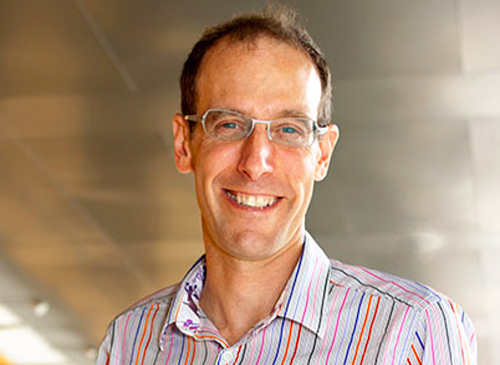
David Keith
Gordon McKay Professor of Applied Physics and Professor of Public Policy (HKS), Harvard
Website
David Keith has worked near the interface between climate science, energy technology, and public policy for twenty-five years. His work is focused on the science, technology, and public policy of solar geoengineering. He took first prize in Canada's national physics prize exam, won MIT's prize for excellence in experimental physics, and was one of TIME magazine's Heroes of the Environment. David is Professor of Applied Physics in Harvard’s School of Engineering and Applied Sciences and Professor of Public Policy in the Harvard Kennedy School, and founder at Carbon Engineering, a company developing technology to capture CO2 from ambient air.
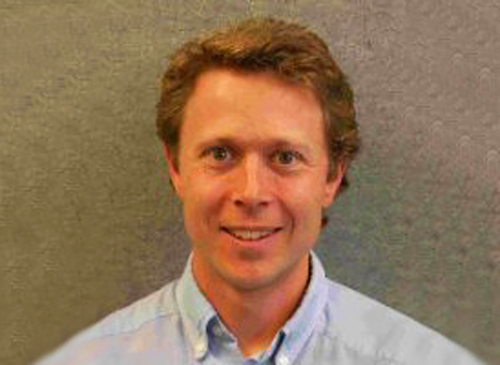
Douglas G. MacMartin
Research Professor, Computing + Mathematical Sciences, Caltech
Website
Dr. Doug MacMartin applies interdisciplinary feedback analysis and control tools to research problems in diverse fields such as climate modeling, fluid dynamics, and telescope control. Specific topics include: Geo-engineering (intentional climate intervention), and modeling and dynamic analysis of feedback processes in climate systems using tools from control engineering; control development for the Thirty Meter Telescope (TMT), including modeling, and active, and adaptive optics.
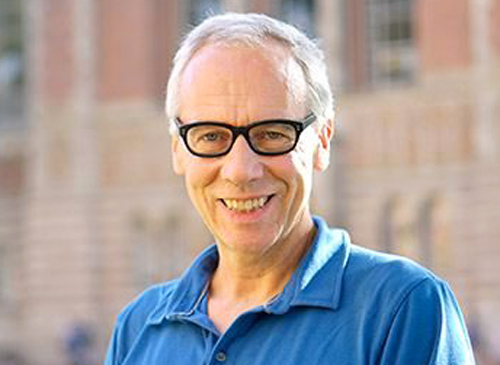
Edward A. Parson
Dan and Rae Emmett Professor of Environmental Law, and Faculty Co-Director of the Emmett Institute on Climate Change and the Environment
Website
Edward A. (Ted) Parson is the Dan and Rae Emmett Professor of Environmental Law and Faculty Co-Director of the Emmett Institute on Climate Change and the Environment at the University of California, Los Angeles. Parson studies international environmental law and policy, the role of science and technology in policy-making, and the political economy of regulation. His articles have appeared in Science, Nature, Climatic Change, Issues in Science and Technology, the Journal of Economic Literature, and the Annual Review of Energy and the Environment.
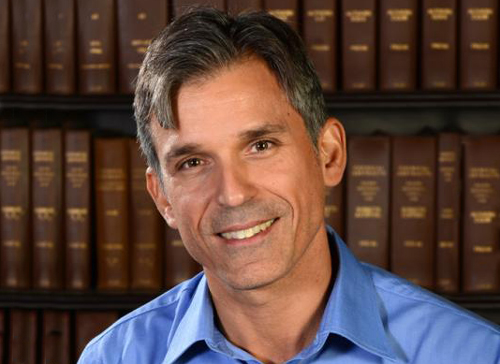
Jonas C. Peters
Bren Professor of Chemistry; Director, Resnick Sustainability Institute, Caltech
Website
Peters research program is centered on the development of preparative inorganic chemistry with a strong emphasis in the chemistry of transition elements. His research pushes the boundaries of our understanding of the structure, bonding, and catalytic activity of inorganic compounds, particularly ones of relevance to global C, N, and O cycles and energy applications.
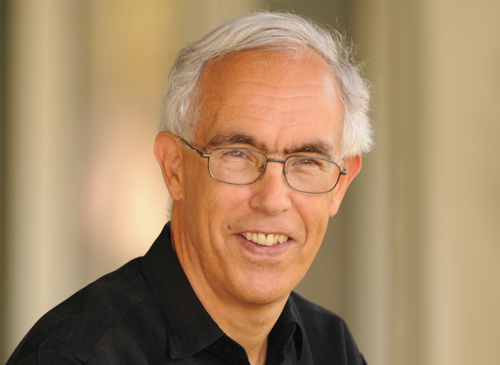
Tom Prince
Director and Allen V. C. Davis and Lenabelle Davis Leadership Chair of the W. M. Keck Institute for Space Studies; Ira S. Bowen Professor of Physics at Caltech and JPL Senior Research Scientist
Website
Prince’s current research area is the detection and characterization of astrophysical compact objects: white dwarf stars, neutron stars, and black holes. Prince uses facilities such as the Palomar Oschin Schmidt telescope and the NASA Deep Space Network antennas to search for these exotic objects. He was formerly the Chief Scientist of JPL, responsible for internal research and development in earth sciences, solar system science, and astrophysics.
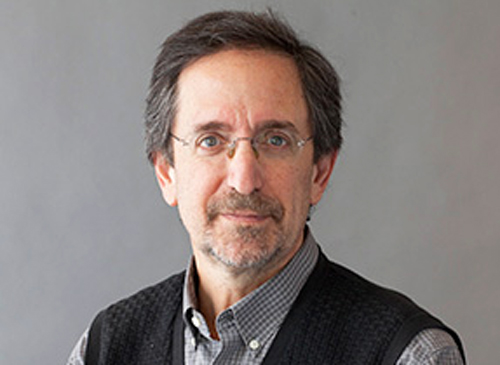
Andrew Revkin
Senior Reporter, ProPublica
Website
Andrew Revkin is the senior reporter for climate and related issues at ProPublica. He joined the newsroom in December 2016, after 21 years of writing for The New York Times, most recently through his Dot Earth blog for the Opinion section, and six years teaching at Pace University. Revkin began writing on climate change in the 1980s. In the mid 2000s, he exposed political suppression of climate findings at NASA and editing of federal climate reports by political appointees with ties to the petroleum industry. He was the first Times reporter to file stories and photos from the sea ice around the North Pole.
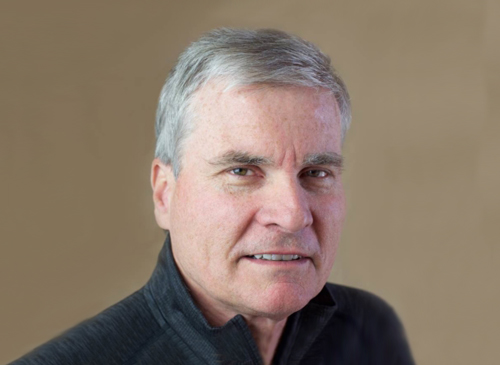
David B. Rogers
Stanford
Website
David B. Rogers teaches Clean Energy Project Development and Finance at Stanford Business School and Stanford Law School where he is a Lecturer in Law. Previously, Mr. Rogers had practiced law for 30 years with Latham & Watkins LLP, a leading global law firm where, among other things, he headed its market-leading global project development and finance practice. Mr. Rogers has also been an advisor to various companies with carbon mitigation strategies. He serves on the Advisory Council to Caltech’s Division of Geological and Planetary Sciences. Mr. Rogers earned a BA in Economics with honors and distinction from Stanford in 1980 and a JD from Stanford Law School in 1983.
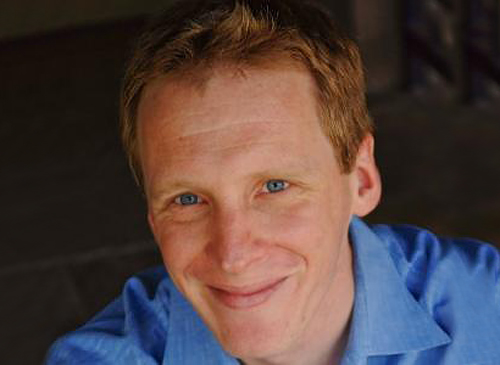
Tapio Schneider
Frank J. Gilloon Professor of Environmental Science and Engineering; Jet Propulsion Laboratory Senior Research Scientist
Website
Prof. Tapio Schneider studies atmospheric turbulence and its influence on the global climate, both on large scales (weather systems) and smaller scales (clouds). He develops theories of turbulence with the help of simulations and observations and uses them to understand climate changes and feedbacks that occurred over Earth's history and that are likely to occur in the future. He also uses insights about fundamental aspects of atmospheric dynamics to understand phenomena on other planets, for example, the formation of jets on the giant planets.
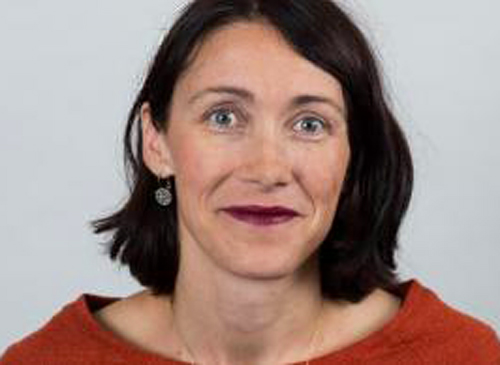
Trude Storelvmo
Assistant Professor, Department of Geology & Geophysics, Yale
Website
Prof. Trude Storelvmo studies the role of aerosols and clouds in Earth’s climate. In addition to research on geoengineering, her recent work has focused on different aspects of aerosol-cloud interactions, cloud feedback mechanisms, and climate sensitivity. She recently received the Clarence Leroy Meisinger Award from the American Meteorological Society for advances in understanding of cloud-climate feedbacks. She was a contributor to IPCCs 5th assessment report (AR5), and to the scoping of the upcoming IPCC AR6. Her research on geoengineering has so far focused on the viability of global cooling in the form of cirrus cloud thinning, as well as on the response of the hydrological cycle to stratospheric aerosol injection.
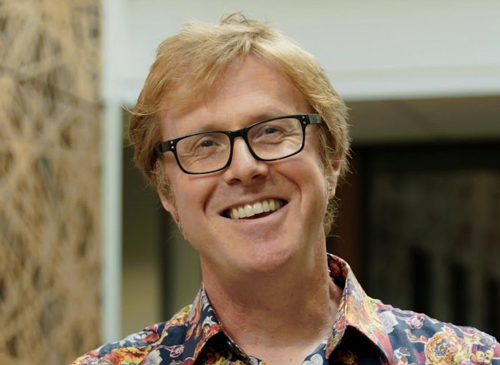
Andrew Stuart
Bren Professor of Computing and Mathematical Sciences
Website
Professor Stuart's research is focused on the development of mathematical and algorithmic frameworks for the seamless integration of models with data. He works in the Bayesian formulation of inverse problems, and in data assimilation for dynamical systems. Quantification of uncertainty plays a significant role in this work. Current applications of interest include a variety of problems in the geophysical sciences, and in graph-based learning.
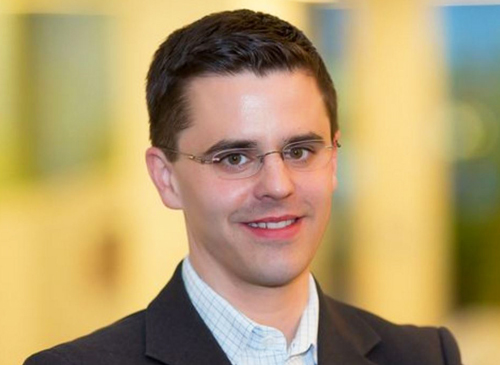
Gernot Wagner
Executive Director, Harvard’s Solar Geoengineering Research Program
Website
Gernot Wagner is a research associate at Harvard’s School of Engineering and Applied Sciences, a lecturer on Environmental Science and Public Policy, the executive director of Harvard's Solar Geoengineering Research Program, an associate at the Science, Technology, and Public Policy Program at Harvard Kennedy School’s Belfer Center, and an associate at the Harvard University Center for the Environment. He is co-author of Climate Shock (Princeton University Press, 2015), a Top 15 Financial Times McKinsey Business Book of the Year 2015, now also Austria’s Natural Science Book of the Year 2017.

Paul O. Wennberg
R. Stanton Avery Professor of Atmospheric Chemistry and Environmental Science and Engineering
Website
Prof. Paul Wennberg is the director of the Ronald and Maxine Linde Center for Global Environmental Science. He is an atmospheric chemist who studies atmospheric photochemistry and the terrestrial carbon cycle. He leads the Total Carbon Column Observing Network (TCCON) – an effort to measure the distribution of greenhouse gases across the globe. This activity was organized in partnership with colleagues from around the world and with NASA's Orbiting Carbon Observatory satellite program.
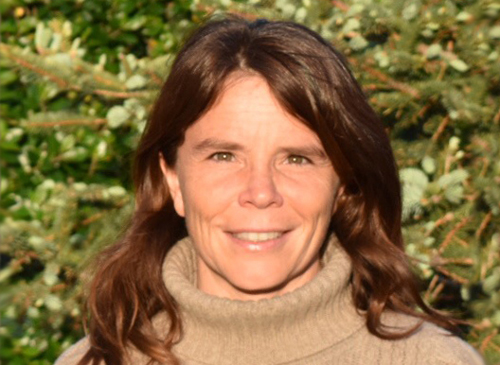
Jennifer Wilcox
Professor of Chemical Engineering, Colorado School of Mines
Website
Jennifer Wilcox is an Associate Professor in the Chemical and Biological Engineering Department at the Colorado School of Mines. Her Ph.D. in Chemical Engineering in 2004 is from the University of Arizona, and her B.A. in Mathematics in 1998 is from Wellesley College. She received an ARO Young Investigator Award, an ACS PRF Young Investigator Award, and an NSF CAREER Award. Within her research group, she focuses on trace metal and CO2 capture. Her research involves the coupling of theory to experiment to test newly designed materials for sorbent or catalytic potential. She has served on a number of committees including the National Academy of Sciences and the American Physical Society to assess CO2 capture methods and impacts on climate. She is the author of the first textbook on Carbon Capture, published in March 2012.
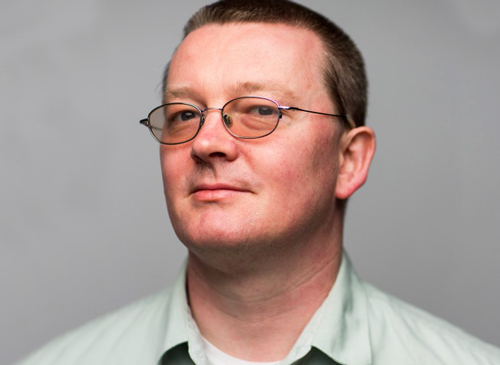
Robert Wood
Professor, Atmospheric Sciences, Univ. of Washington
Website
Dr. Robert Wood is Professor of Atmospheric Sciences at the University of Washington. Prior to this, he worked as a research scientist for the United Kingdom Meteorological Office. Dr. Wood’s research work focuses upon understanding processes controlling clouds in the Earth’s atmosphere and the roles that clouds play in determining climate variability and change, the formation of rain, and how tiny aerosol particles (both natural and anthropogenic) interact with clouds and help determine their physical and radiative properties. Dr. Wood also conducts research to understand the potential for deliberate brightening of marine low clouds to offset greenhouse warming by augmenting the natural aerosol population.

